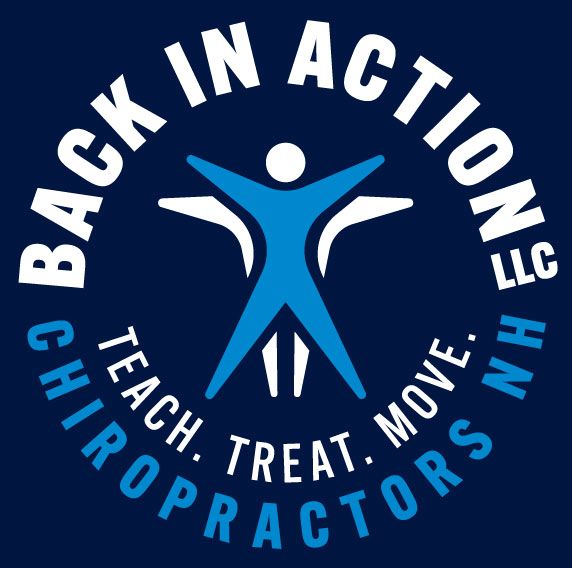Introduction:
For many golf enthusiasts, low back pain can be a major obstacle when trying to enjoy a round of golf. Whether you’re a seasoned player or just starting out, the fear of aggravating your low back issues can be daunting. In this blog post, we’ll explore how to make a smooth return to golf without letting low back pain hold you back.
1. Consult with a Healthcare Professional:
Before hitting the golf course, consult with a healthcare professional, such as a chiropractor or physical therapist, to assess your low back pain. Their expertise will provide you with a clear understanding of your condition and personalized advice on how to proceed safely.
2. Strengthen Your Core:
A strong and stable core is essential for golfers. It not only improves your swing but also supports your lower back. Incorporate core-strengthening exercises into your fitness routine to help protect your spine.
3. Warm Up and Stretch:
Never underestimate the importance of warming up and stretching before a game of golf. Gentle stretching can increase flexibility, reduce muscle tension, and minimize the risk of injury, especially in your lower back, hamstrings, and hip flexors.
4. Focus on Proper Swing Mechanics:
Golf is a sport that heavily relies on technique. Seek professional instruction and coaching to ensure you’re using the correct form. Proper swing mechanics can alleviate strain on your lower back and enhance your performance.
5. Listen to Your Body:
Pain is your body’s way of communicating. If you start to feel discomfort or pain during your game, take it seriously. Ignoring these warning signs can lead to further injury. Don’t hesitate to seek assistance and guidance.
6. Gradual Progression:
Returning to golf should be a gradual process. It’s important not to push yourself too hard initially. Start with shorter sessions and less strenuous games, then gradually increase the duration and intensity as your back adapts.
7. Consider Supportive Equipment:
Using equipment like a back brace or orthotics specifically designed for golf can provide added support and stability for your lower back. These tools can help reduce the risk of injury.
8. Maintain a Healthy Lifestyle:
Overall well-being, including good nutrition and regular exercise, can significantly contribute to managing low back pain. Staying in good physical shape and maintaining a healthy weight can reduce the strain on your lower back.
Conclusion:
Returning to golf with low back pain is achievable when you approach it with care and the right strategies. By consulting with a healthcare professional, strengthening your core, perfecting your swing mechanics, and paying attention to your body’s signals, you can minimize the risk of low back pain and confidently enjoy your time on the golf course. Remember, a gradual and cautious approach is key to a successful return to the game you love.


